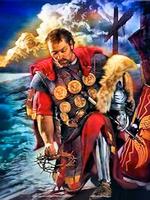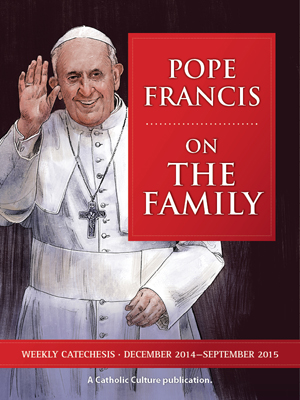Catechism of the Catholic Church
648 Christ's Resurrection is an object of faith in that it is a transcendent intervention of God himself in creation and history. In it the three divine persons act together as one, and manifest their own proper characteristics. The Father's power "raised up" Christ his Son and by doing so perfectly introduced his Son's humanity, including his body, into the Trinity. Jesus is conclusively revealed as "Son of God in power according to the Spirit of holiness by his Resurrection from the dead". 514 St. Paul insists on the manifestation of God's power 515 through the working of the Spirit who gave life to Jesus' dead humanity and called it to the glorious state of Lordship.
649 As for the Son, he effects his own Resurrection by virtue of his divine power. Jesus announces that the Son of man will have to suffer much, die, and then rise. 516 Elsewhere he affirms explicitly: "I lay down my life, that I may take it again. . . I have power to lay it down, and I have power to take it again." 517 "We believe that Jesus died and rose again." 518
650 The Fathers contemplate the Resurrection from the perspective of the divine person of Christ who remained united to his soul and body, even when these were separated from each other by death: "By the unity of the divine nature, which remains present in each of the two components of man, these are reunited. For as death is produced by the separation of the human components, so Resurrection is achieved by the union of the two." 519
Notes:
English Translation of the Cathechism of the Catholic Church for the United States of America © 1997, United States Catholic Conference, Inc.






